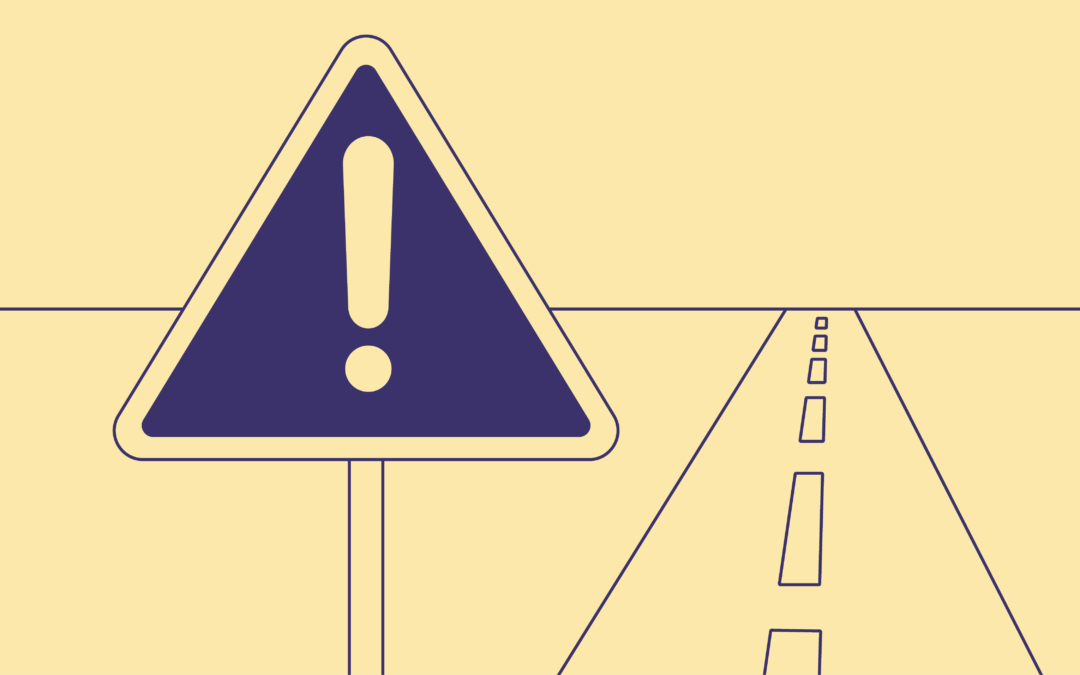Generative AI is all the rage these days. While it feels like something brand new, this technology has been in the works since machine learning’s generative models emerged in the late 2000s. The use of advanced mathematics to generate content has always been part and parcel of a developer’s mindset, but the tools weren’t widely available. Now, the doors to Generative AI have blown wide open with ChatGPT, Midjourny, DALL-E, Adobe Firefly, AlphaCode, Bard, and GrammarlyGO, among others, and Apple’s impending release of Ajax that will no doubt inspire the cherubs to blow their horns and creatives everywhere to seriously rethink their workflows.
But just how much will Generative AI change the way brands are built and expressed?
The goal of any creative discipline—from painting to writing, music, photography, dance, theater, etc.—is to bring a degree of order (and with luck, brilliance, magnificence, wonder, and awe) that helps us make sense of the ever-expanding chaos we live in. Creativity highlights the emotions and meaning that remind us what it means to be human. It tells stories that help us remember. Now, with Generative AI, the tools of creative expression are changing. Anyone who experienced the early days of desktop publishing just shrugs at this statement. We’ve gone from the harpsichord to the Telecaster, from the printing press to WordPress, and from oil painting to the Bored Ape Yacht Club.
But here’s the thing: the impact of AI tools goes beyond the typical 10x better, faster, louder, and cheaper of what we’ve seen before. In fact, we don’t really know how powerful Generative AI will become. Algorithms, rather than creators, will govern the pace and scale of generated content—without regard for the quality or impact of what’s being generated. This wonderfully titled New Yorker article, “Chatbot is a Blurry JPEG of the Web” explores how the Xerox-of-a-Xerox effect may soon be in full effect as we fill the Web with AI-generated content (lossy articles and images), which the models don’t distinguish from hand-crafted content. It all goes into the same digital soup pot, with subsequent generations of AI-generated content becoming further and further removed from their Platonic ideals. A possible outcome: original creations that can surprise and delight will become a rarefied commodity as we spiral into derivative content born from blurry logic and rife with hallucinations. (At last, job security for fine artists!) Generative AI will undoubtedly lower the price of mediocre content, but at what cost to the people who consume it? (“Big Macs for Life” falls into the curses column in my book.)
At Emotive Brand, we’ve been conducting research, convening working sessions, and taking the leading Generative AI content creation tools for various test drives in our studio. It’s a given that Generative AI is going to play a role in how creators create going forward‚ in the same way that Illustrator, Photoshop, and WordPress gave us the ability to accelerate workflows and prototypes faster than ever before. But we’re not ready to huck into the Corbet’s of Generative AI without understanding its power, limitations, risks, flaws, and the basics of how it works. To that end, we’re exploring how these new tools can accelerate our ability to build brands that are authentic, human, and grounded in emotion. Can algorithms help us achieve that aim? We’re game to explore this question and shape an informed perspective.
The world is just at the beginning of the Generative Generation. The technology will inevitably improve. Its applications will undoubtedly grow more munificent and nefarious alike. And as we filter its uses through the lenses of emotion, authenticity, and originality, we’ll keep you posted on what we’re learning.
Emotive Brand is an Oakland-based brand and design agency.






However, the article also acknowledges the potential challenges of generative AI. It raises concerns about the potential for generative AI to be used to create fake news and propaganda, and it also warns that generative AI could lead to job losses in the creative industries.